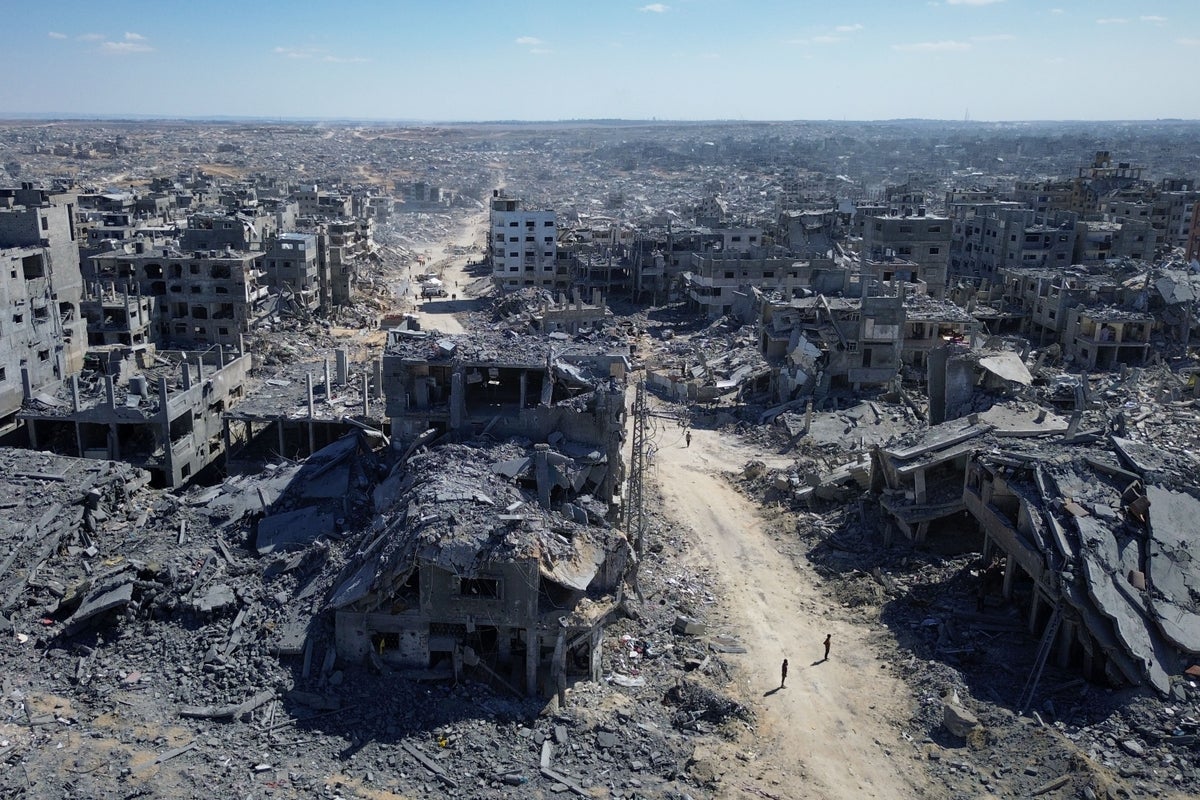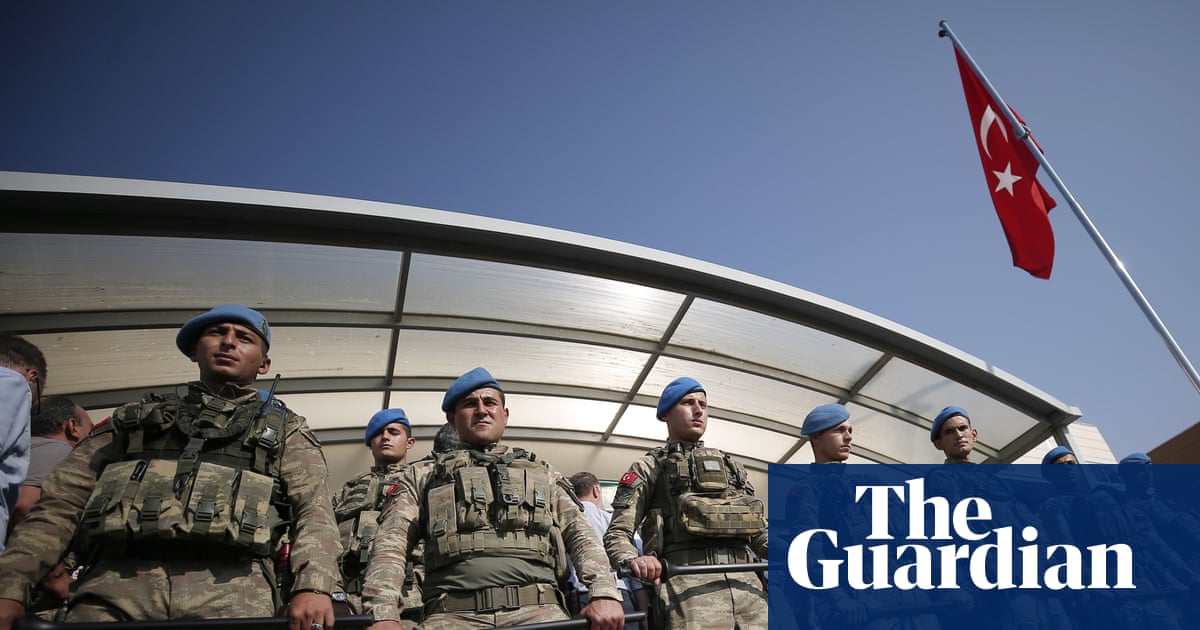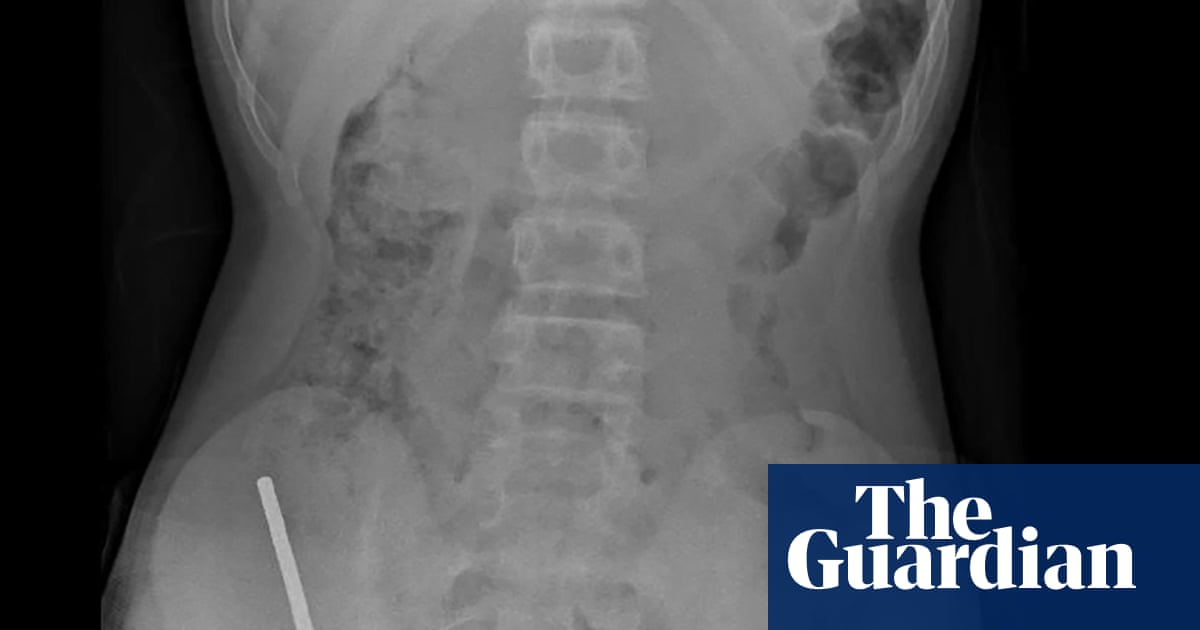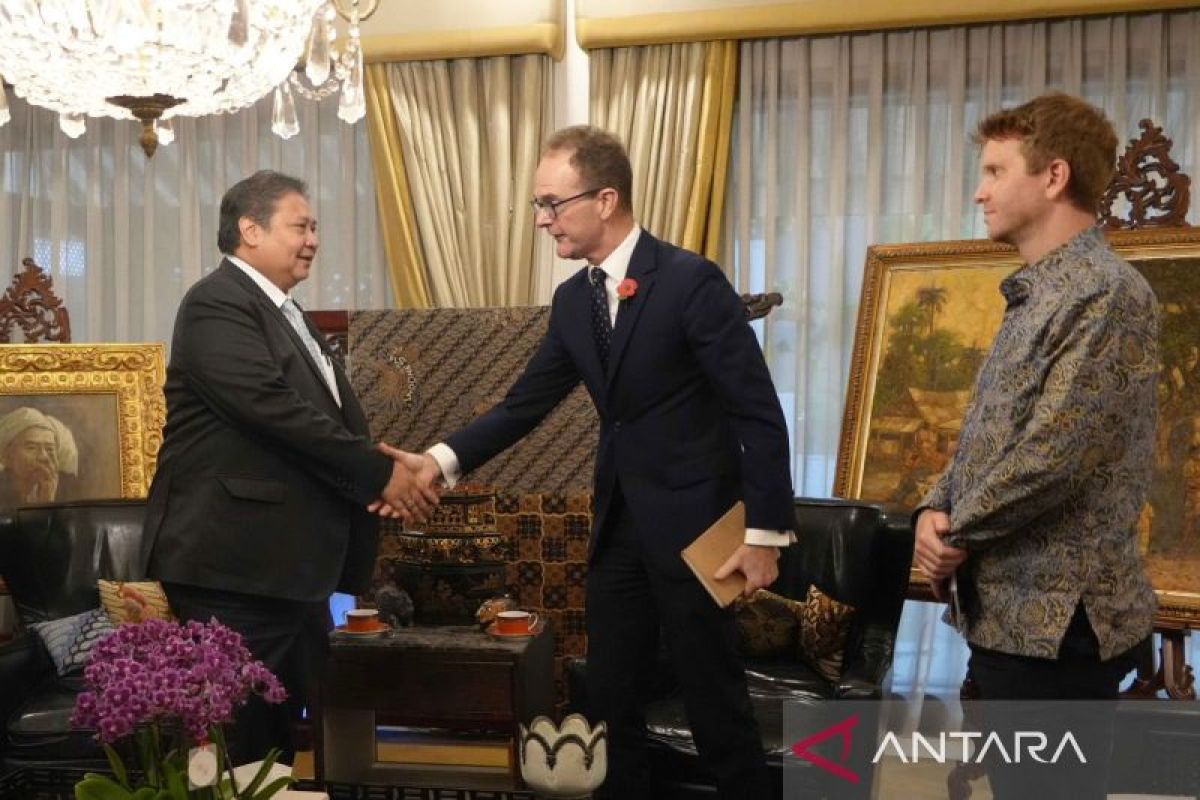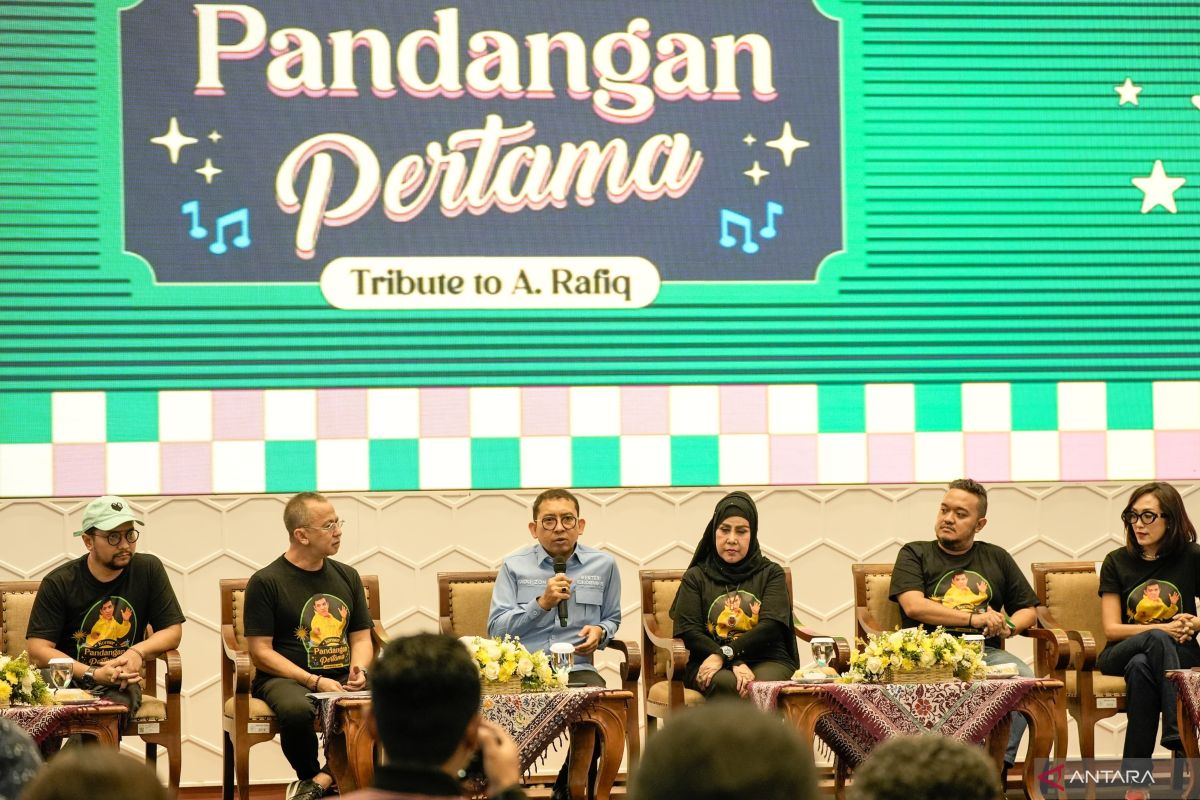Two weeks ago, a US-brokered ceasefire agreement came into effect in Gaza with Donald Trump declaring peace in the Middle East.
A fortnight on and the armistice, though fragile, remains in place. Senior Trump administration officials have been keen to eulogise the merits of the president’s gilded Pax Americana, while rushing to Israel this week to ensure it holds.
But as Hamas, Israel and the United States work through the finer details of the agreement, the futures of millions of people still remain unclear.
In the immediate future, the priority will be to bring aid into Gaza, as well as the basic infrastructure needed for power, the desalination of water, and the running of public services. Only then can the wider challenge of rebuilding begin in earnest.
The task is enormous, with an estimated 10 per cent of the population having been either killed or injured, according to the Palestinian health ministry, and some 90 per cent of homes estimated to have been damaged or destroyed.
But as he left Israel on Thursday this week, US Vice President JD Vance was optimistic about the timeline. Palestinians could begin again in a “Hamas-free zone” within a matter of months, he said, and claimed Rafah could be rebuilt in “two to three years”.
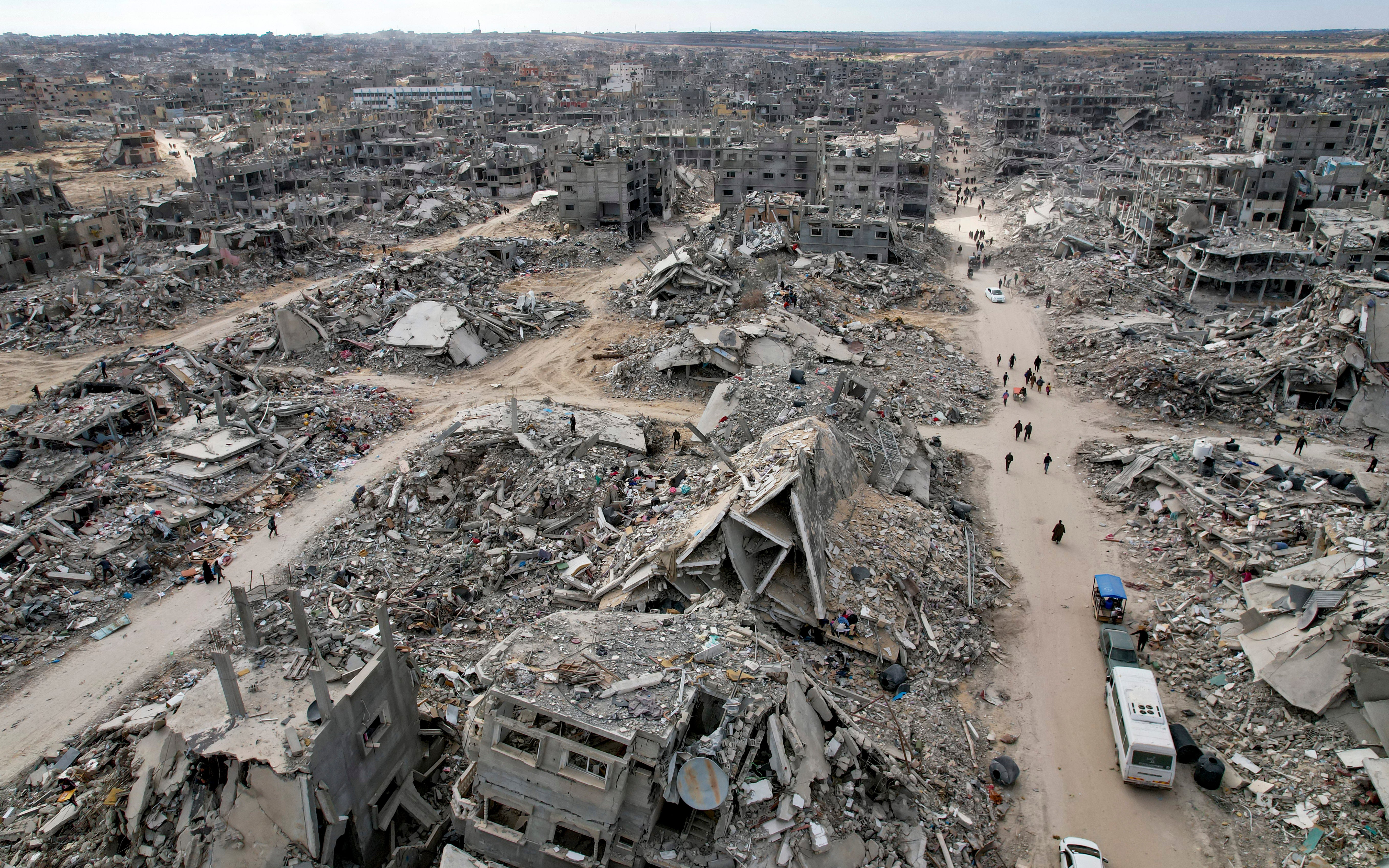
Who will rebuild Gaza?
Gaza’s economy is in ruins. Its government – until now responsible for some 30,000 civil servants – is due to disarm and release its grip on power under a proposal set out by Trump and partially agreed by Hamas. Efforts to rebuild will require years, if not decades, of steady support from external stakeholders.
Hamas is ultimately expected to make way for “the temporary transitional governance of a technocratic, apolitical Palestinian committee”, responsible for delivering the “day-to-day running of public services and municipalities”. The plan makes reference to “qualified Palestinians” and “international experts”, but detail is light on who they might be.
In time, the hope is that a reformed Palestinian Authority will be able to “effectively take back control” of Gaza – though this remains controversial among Palestinians and Israeli politicians. Prime Minister Benjamin Netanyahu told Vance this week Israel would not agree to the PA’s involvement unless it undergoes “fundamental” reforms.
In the interim, a committee would be overseen by an international “Board of Peace” tasked with creating “modern and efficient governance that serves the people of Gaza and is conducive to attracting investment”.
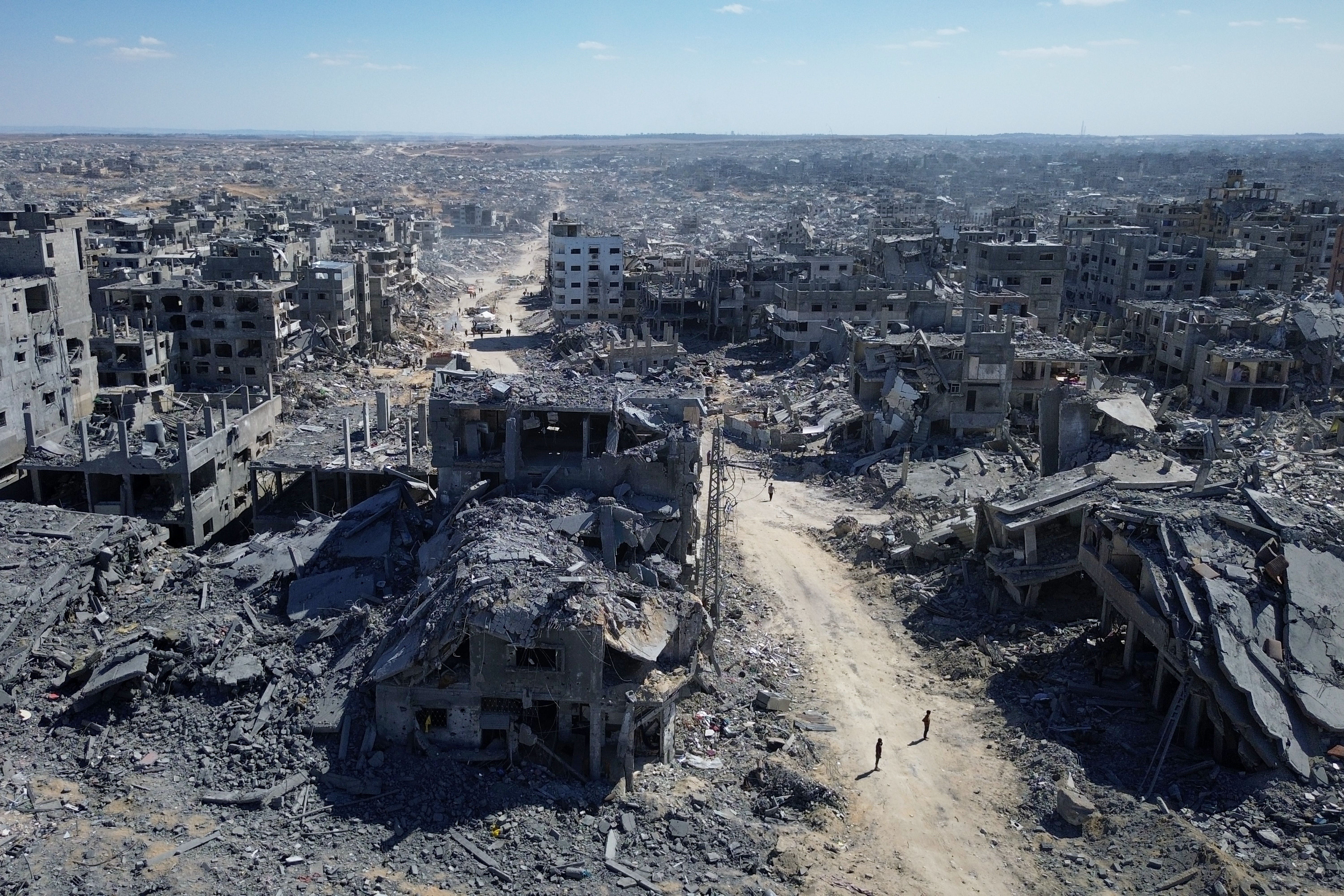
Trump’s 20-point plan to end the war and reorganise the governance of Gaza is light on detail. But it does provide some clues in the shape of a “Trump economic development plan” to “rebuild and energise Gaza” with help from a panel of “experts who have helped birth some of the thriving modern miracle cities in the Middle East”. The “thoughtful investment proposals” of “well-meaning international groups” will be factored in for consideration, too.
The reference to “modern miracle states” gives some indication of who the key stakeholders may be.
Edmund Fitton-Brown, a former British ambassador and UN coordinator, told The Independent that the “obvious donor candidates” would be the oil-rich Gulf States: Saudi Arabia, the United Arab Emirates, Kuwait and Qatar.
“The US will also want a stake in this and will no doubt contribute,” he said. “Plus, I imagine, the UK, Canada and Australia.” Others, like Egypt, Jordan and Indonesia, may have some role in training for Palestinians or supplying personnel for the International Stabilization Force (ISF).
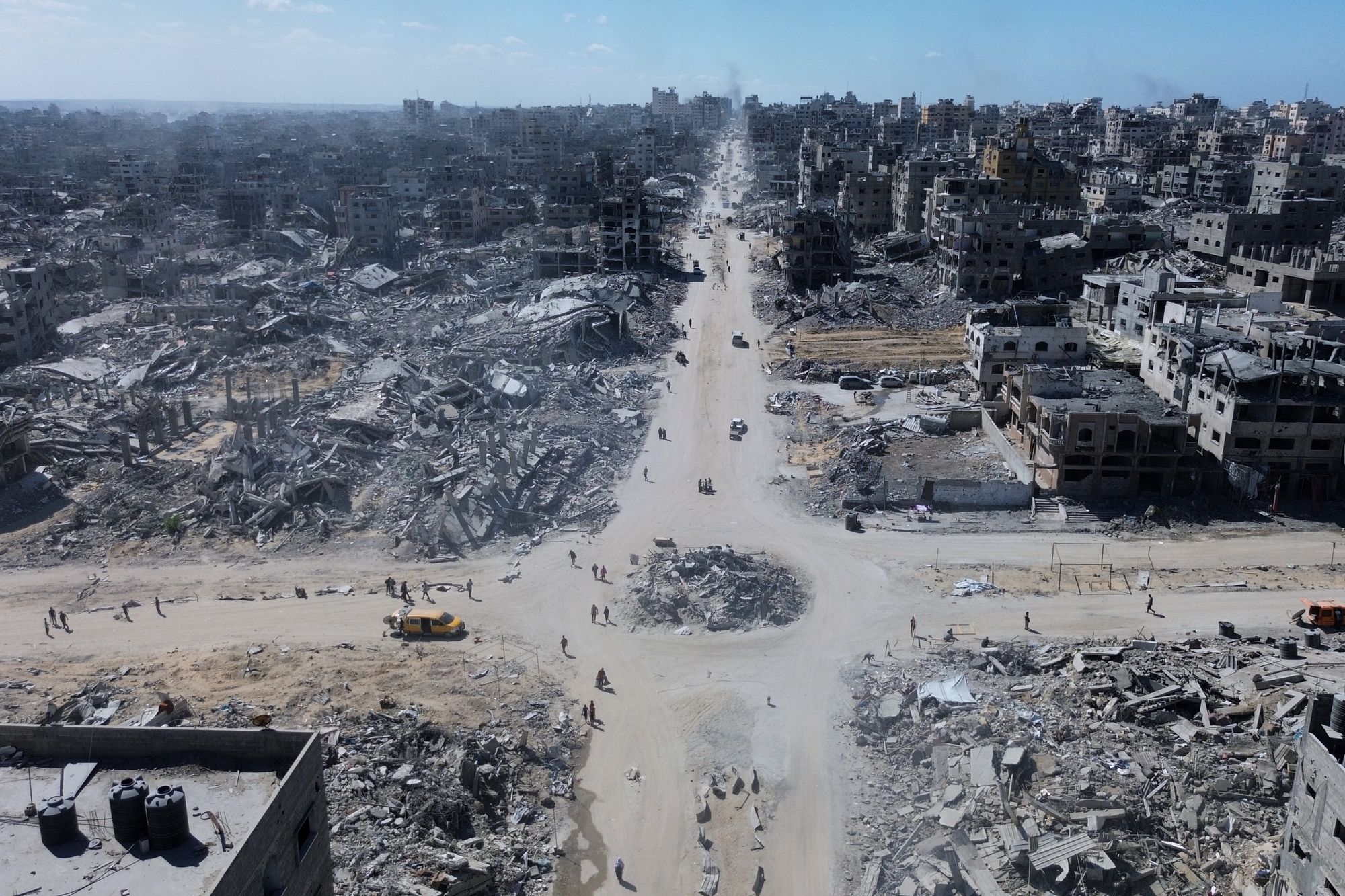
What are the priorities?
More than 70 per cent of Gaza’s water and sanitation centres have been damaged or destroyed according to Unicef, and just 1.5 per cent of Gaza’s agricultural land was still accessible and undamaged as of August this year.
A spokesperson for Médecins Sans Frontières (MSF) told The Independent that there had been a “slight improvement” in the flow of goods into Gaza over the last two weeks.
More general supplies, like fruits, vegetables and cooking gas, are now available in local markets and the prices have “decreased significantly”. But most remain unaffordable for people who have lost their homes, livelihoods and savings due to the war.
There are also bureaucratic issues. While Rafah remains shut, aid groups report trouble re-registering to be able to move through the accepted channels. Supplies like desalination units, latrines and solar panels may be considered “dual use” and blocked from entering, groups said.
When these issues are resolved, the task will be to find funding to rebuild vital infrastructure.
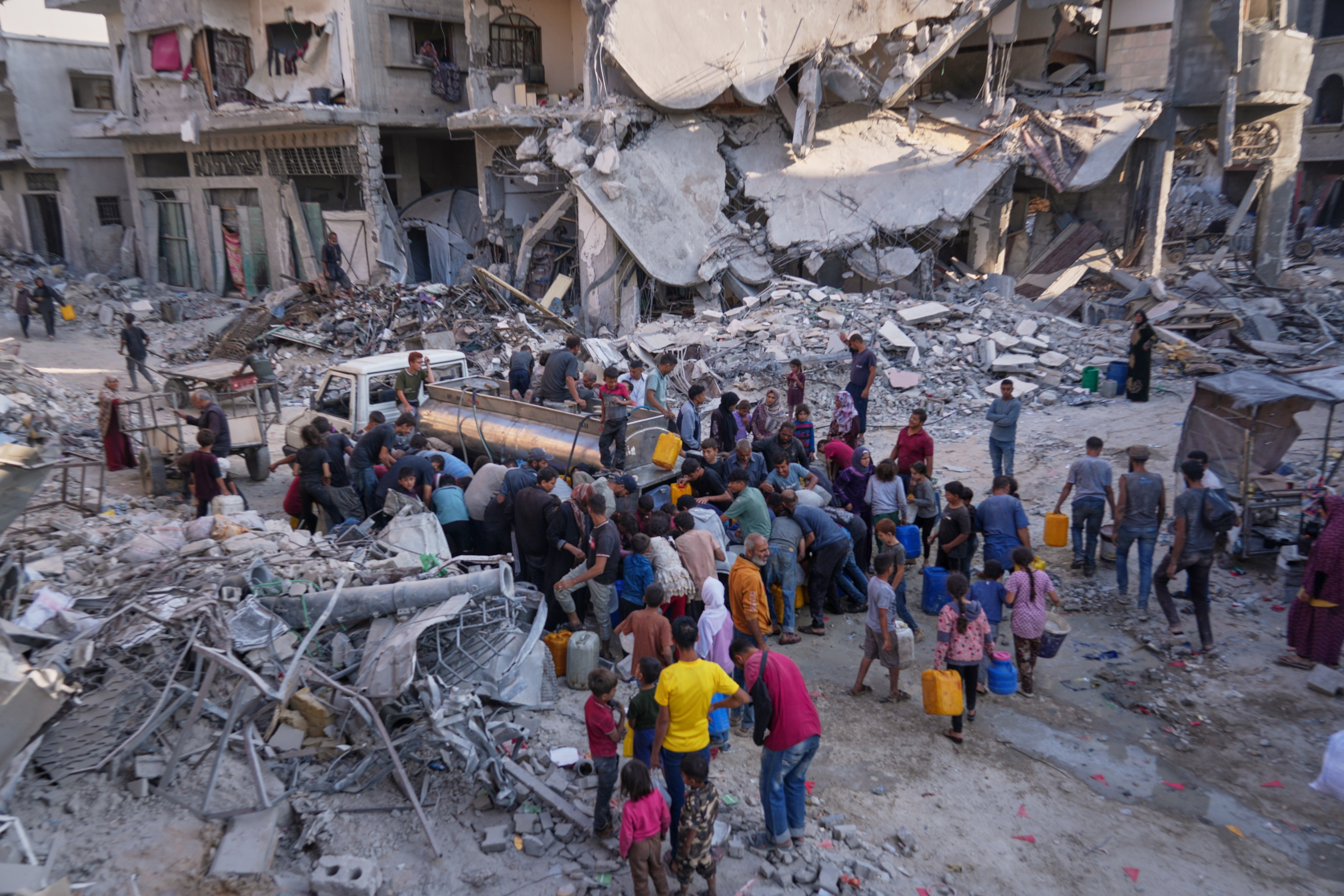
Gaza’s water and sanitation systems have collapsed. Power plants have been destroyed, and arable land has been razed by bombing, shelling and heavy vehicle activity over the last two years.
In February, during an earlier ceasefire, Human Rights Watch warned that without immediate action, Palestinians would continue to be killed by disease, dehydration and malnutrition. They noted that the main water-utility warehouse in Gaza, housing millions of pounds worth of spare parts, was destroyed in strikes.
That month, a comprehensive assessment by the World Bank, European Union and the UN put the figure of reconstruction over the next decade at $53.2bn (£40bn).
At the time, the report said, the health sector would require $6.9bn, agriculture and food systems would cost $4.2bn each, and education had some $3.8bn in recovery needs. Transport would cost $2.9bn and the restoration of the Water Sanitation and Hygiene (Wash) sector would cost $2.7bn.
Since then, the estimated cost of reconstruction has swollen to around $70bn (£52bn), according to a UN Development Programme official. Jaco Cilliers, the official, said that the US as well as Arab and European states were willing to help contribute to the costs.
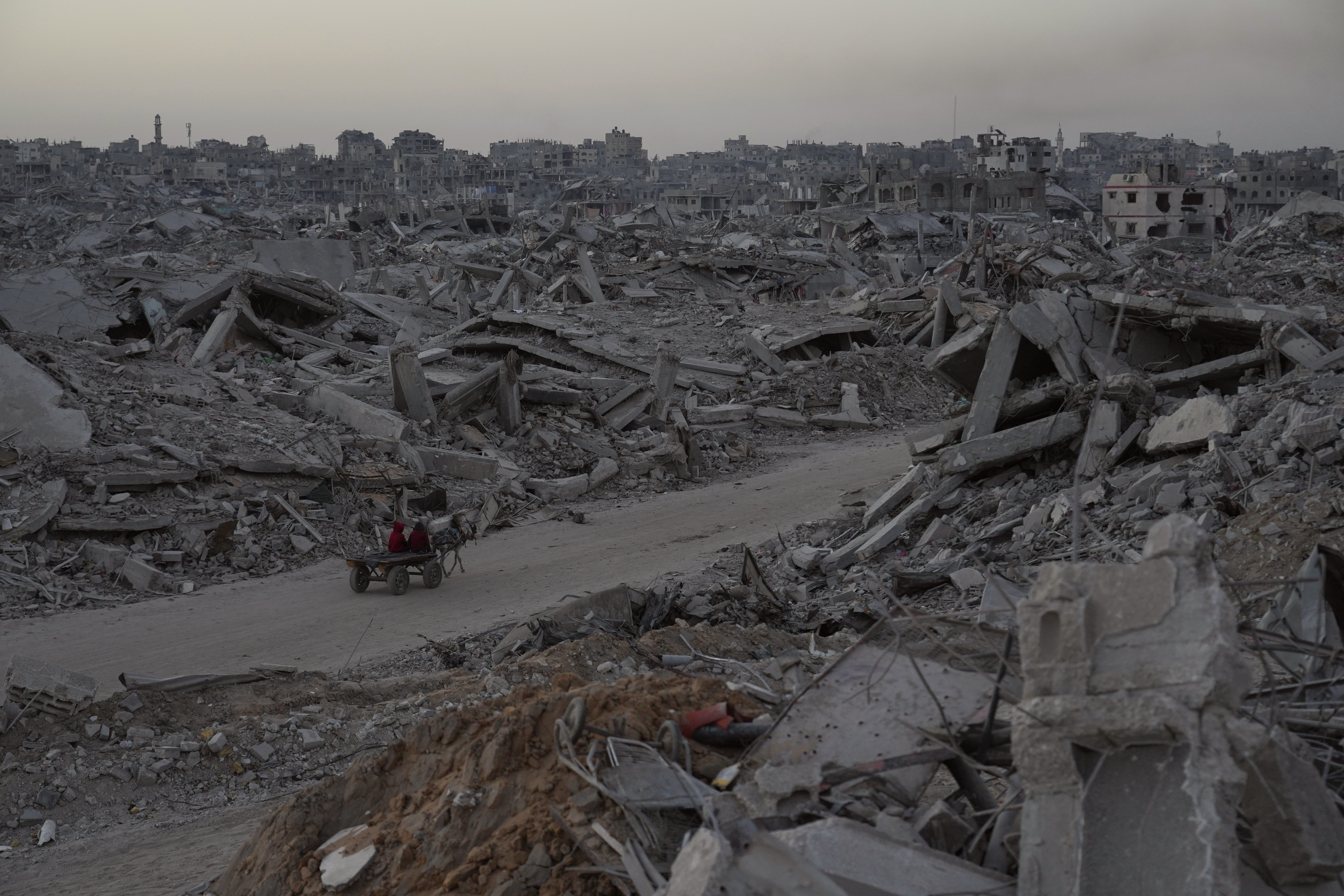
How far along is the plan?
Trump’s comments at the start of the year, suggesting that the US could “take over” and “own” Gaza, fashioning it into a gaudy “Riviera of the Middle East”, sparked outrage.
The president walked back his comments after the ceasefire took effect when he said: “I don’t know about the Riviera for a while, because you take a look at what you have. You have to get people taken care of first.”
Nothing has been ruled out. But Trump does appear more concerned about rebuilding Gaza in a way that is palatable to those with a stake in its success. Former British prime minister Sir Tony Blair was pegged for a role on a Board of Peace overseeing a transitional government.
But Trump said last week that while he personally likes Blair, he wants “to find out that he’s an acceptable choice to everybody” before making any hard commitments.
The board is expected to be clarified in November, when Egypt hosts an international conference for Gaza’s rebuilding in Cairo. President Abdel Fattah Al-Sisi has urged Egyptians to play a role in the rebuild, calling on the prime minister to work with the civil service to create a way to pool national donations.

Egypt’s foreign minister Badr Abdelatty told CNN that attending “stakeholders” would include “the US, the UN, the World Bank, the EU, Germany, France, Gulf Cooperation Councils, all Gulf countries, Japan and others”.
“There are concrete ideas for the second phase, some of them developed by Tony Blair over the last couple of years,” explained Fitton-Brown. “It could work, but Hamas may sabotage. The real challenge is for the US to persuade Qatar and Turkey to keep pressure on Hamas to comply.”
There has been concern about the appointment of Blair over his role in the Iraq War, and the colonial image of Western leaders stepping back into the administration of the southern Levant.
Having seemingly learned from Iraq, Trump’s proposal does include the International Stabilization Force to train and support vetted police officers in Gaza, allowing Hamas, in theory, to step back without leaving a power vacuum that could allow militant groups to take over.
Details on the size, remit and origin of the ISF remain vague. The wider plan remains vague, though Trump seems to acknowledge this, suggesting the phases are “all a little bit mixed in with each other” and that steps can be taken “out of order in a positive way”.

